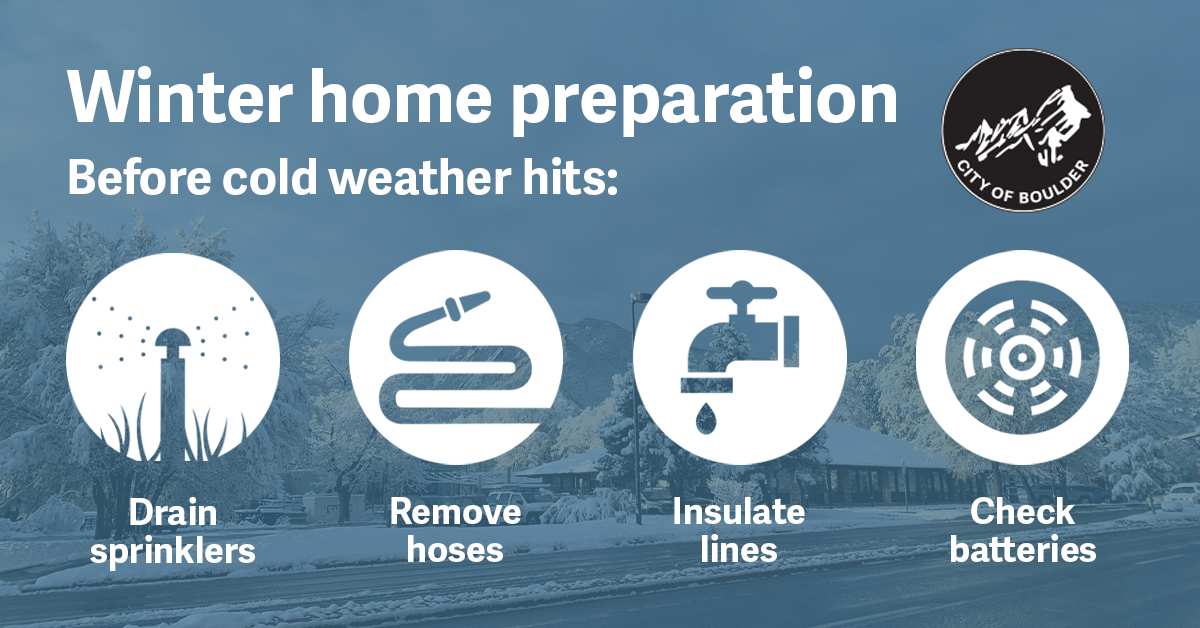When frigid arctic air hits, water freezes, and as it freezes, it expands, causing pipes to burst and possibly flood.
Pipes that freeze most frequently are those that are exposed to severe cold, such as outdoor hose bibs, swimming pool supply lines, water sprinkler lines and water supply pipes in unheated interior areas such as basements and crawl spaces, attics, garages or kitchen cabinets. Pipes that run against exterior walls that have little or no insulation are also subject to freezing.
Here are some tips to help prevent frozen water pipes before the temperatures drop.

